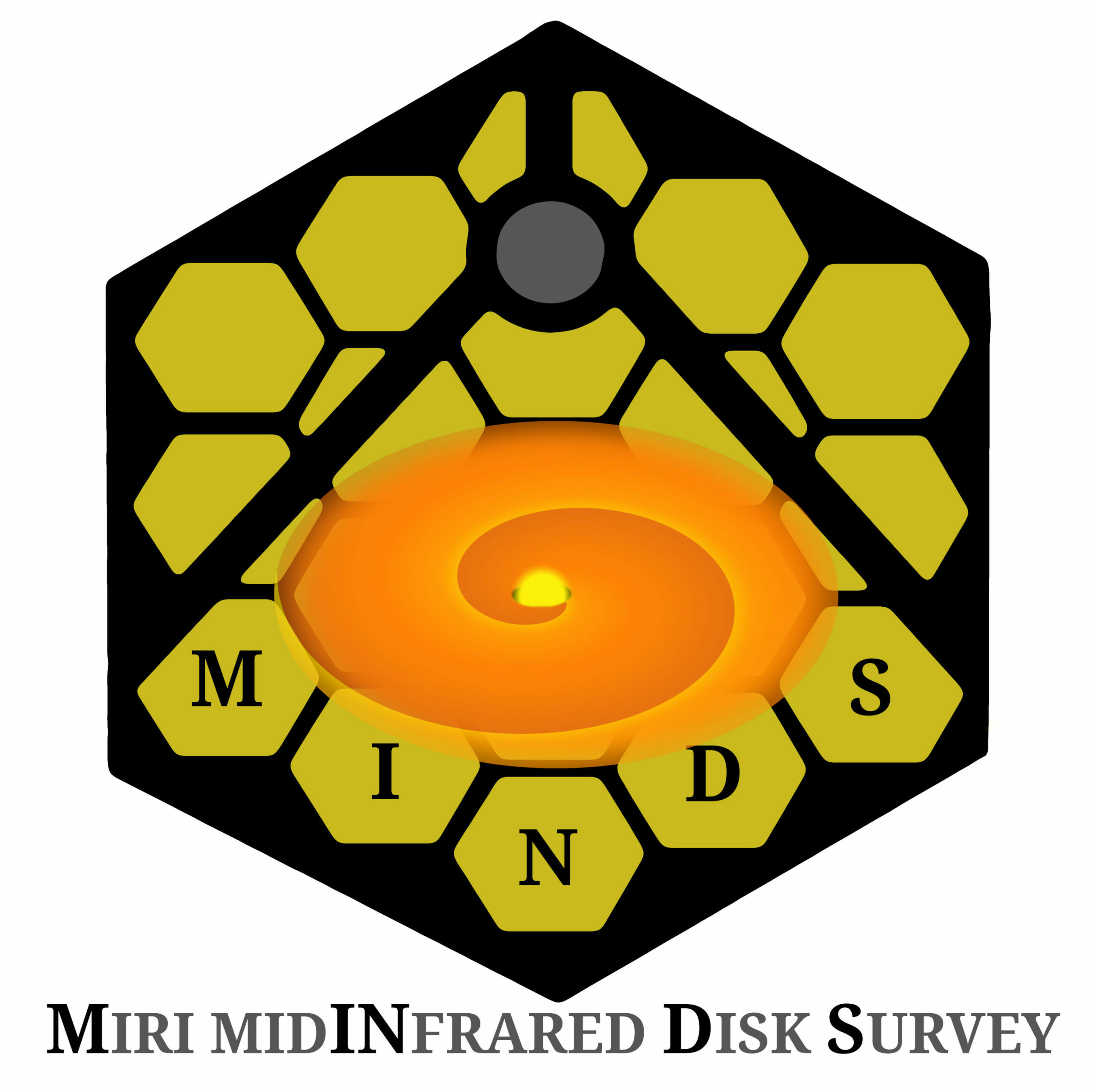MINDS: JWST/NIRCam imaging of the protoplanetary disk PDS 70. A spiral accretion stream and a potential third protoplanet
Context. Two protoplanets have recently been discovered within the PDS 70 protoplanetary disk. JWST/NIRCam offers a unique opportunity to characterize them and their birth environment at wavelengths difficult to access from the ground. Aims. We aim to image the circumstellar environment of PDS 70 at 1.87 μm and 4.83 μm, assess the presence of Pa-α …
